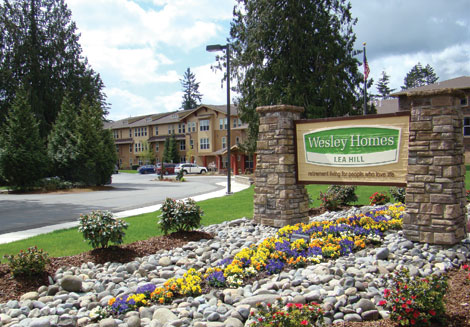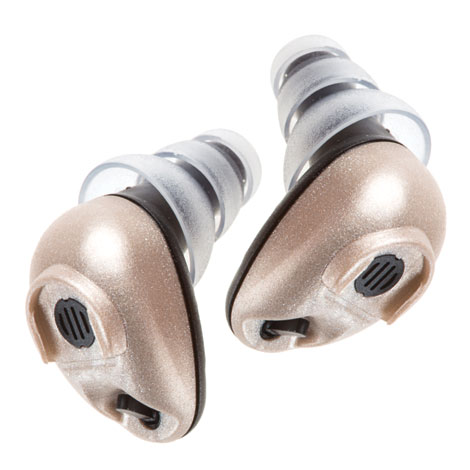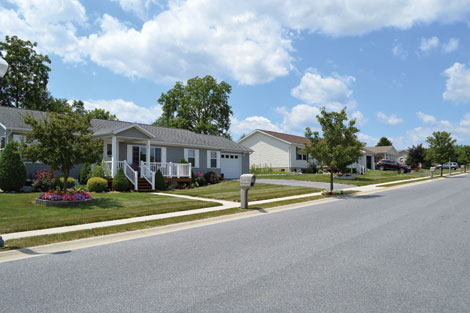Dietary supplement ensures daily dose of turmeric
Yerba Prima Inc. wants to know: Are you getting turmeric’s full health benefits?
Turmeric is the top-selling herb in natural food stores in the U.S. for good reason, and the most reliable way to ensure a daily dose of turmeric is through a dietary supplement, according to Yerba Prima, which makes one.
Turmeric, which gives Indian curry and American mustard their distinctive yellow colors, has been used in Chinese and Indian herbal medicines for thousands of years. It contains anti-inflammatory compounds, including curcumin, that help fight joint aches and pains.
Yerba Super Turmeric features Super Turmeric extract, which Yerba Prima describes as the world’s most ull-spectrum turmeric extract. Developed by two doctors, Super Turmeric combines a fat-soluble extract with a water-soluble extract for immediate relief, plus 24-hour activity in the bloodstream.
While adding turmeric to one’s diet will become more popular as its health-promoting attributes become more widely recognized, those selecting supplements with the full spectrum of the superfood’s naturally occurring compounds may enjoy the most complete benefits, according to Yerba Prima.
Additional information is available at yerba@yerbaprima.com; www.yerbaprima.com; Yerba Prima Inc. at 740 Jefferson Ave., Ashland, OR 97520.


